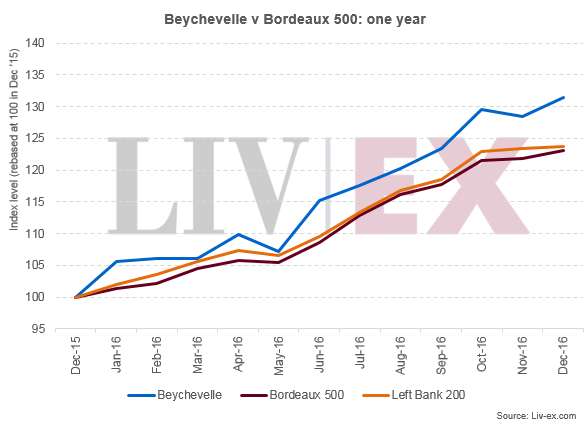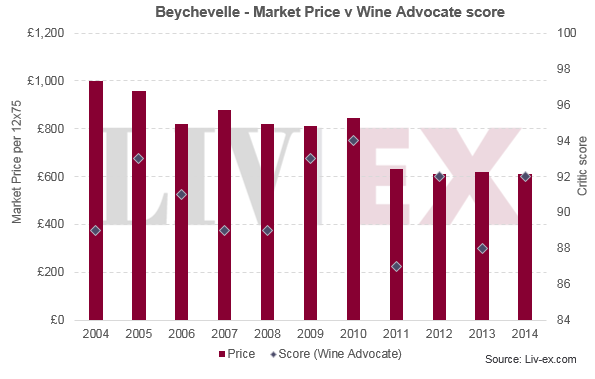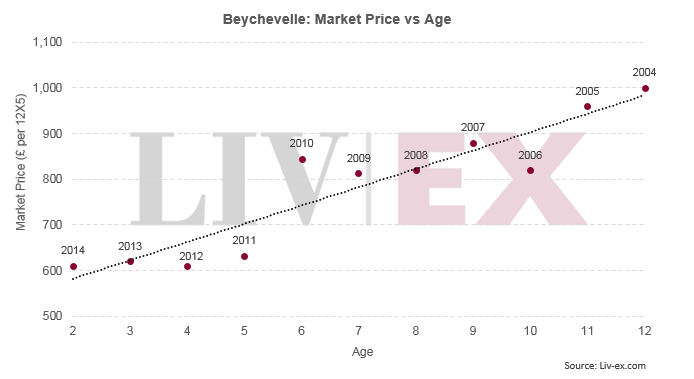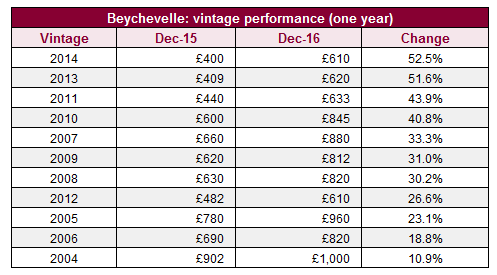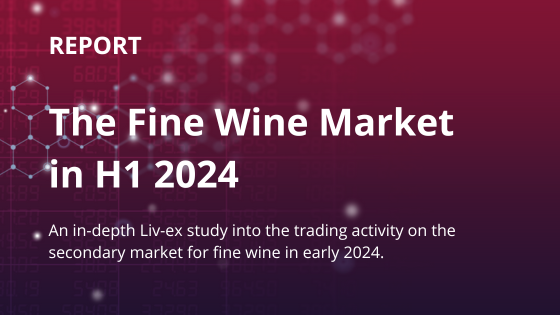Owner: Grands Millesimes de France
Appellation: Saint-Julien
Classification: Quatrieme Cru (Fourth Growth)
Vineyard area: 90 hectares
Average annual production: 40,000 – 50,000 cases
Colour: Red
Grape varieties: 52% Cabernet Sauvignon, 40% Merlot, 5% Cabernet Franc, 3% Petit Verdot
Second wine: Amiral de Beychevelle
History
Chateau Beychevelle was built in 1565 by Bishop Francois de Foix-Candale. The property was later inherited by his niece, wife of French Aristocrat Jean-Louis de Nogaret de la Valette. Due to de Nogaret de la Valette’s importance, ships sailing by the estate were required to lower their sails as signs of respect. This was how Beychevelle’s name originated as “Baisse Voile”, meaning “lower the sails”.
In 1970, after several years of changing hands, Beychevelle fell under the ownership of Aymar Achille-Fould, French Postmaster General and member of Parliament. He decided to create a second wine in 1974: Amiral de Beychevelle.
When Achille-Fould died in 1986, the GMF group purchased 89% of the estate. The remaining 11% belongs to the pension fund of the Societe Generale Bank.
In 1989 professor Roberto Gnozzi sculpted the emblem for Chateau Beychevelle: a ship with a griffin figurehead and a lowered sail. The figurehead is a fitting emblem as, according to Greek mythology, a griffin was the guardian of the Greek God Dionysus’ wine goblet.
Market performance
The Beychevelle index – which tracks the price movements of the last ten physical vintages – is up 31.4% year-on-year. It has outperformed both the Bordeaux 500 and the Left Bank 200, which are up 23.1% and 23.7% respectively over the same period. Demand for Beychevelle has been strong in Asia, due to brand-based buying and the dragon-like similarities of the wine’s emblem.
The chart above compares Beychevelle Market Prices against their Wine Advocate scores. There is little difference in price between wines with high scores and those with lower scores. For example, the 2011 (WA 87) and 2012 (WA 92) are both similarly priced despite varied quality. This indicates that brand buying is active here.
However, buyers that are interested in higher-scoring wines might find relative value in the 2010 (WA 94). It is the highest scoring of the last ten physical vintages and is priced in the mid-range at £845 per 12×75.
While critic scores appear to have little influence on price, age is important. When Beychevelle Market Prices are plotted against age, the trend line shows a strong positive correlation. The three wines that drift furthest below the trend line are the 2006, 2011 and 2012. These might be considered undervalued compared to Beychevelle vintages around the same age.
Vintage prices
Of the recent vintages, 2014 and 2013 have been the top performers over the past twelve months, up 52.5% and 51.6% respectively. The 2011 followed close behind with a 43.9% increase. Despite this significant increase for the 2013 and 2014 vintages, these wines remain the cheapest vintages available on the market.
[mc4wp_form id=”18204″]


